Dining Room and Conservatory
Introduction
Author-Uploaded Audio
Listen to a narration of this entry's description by Lougheed House National & Provincial Historic Site .
Text-to-speech Audio
Images
Image 1, Dining Room with view of the Dome, 2020
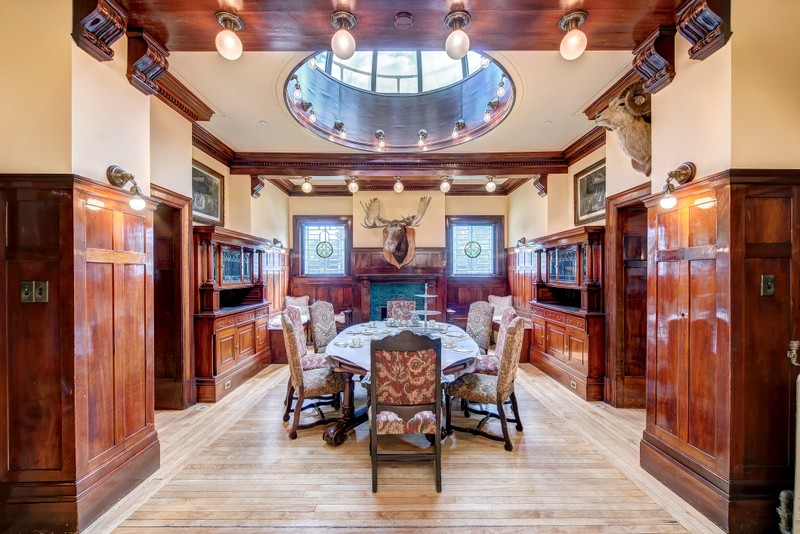
Image 2 Dining Room, 2020
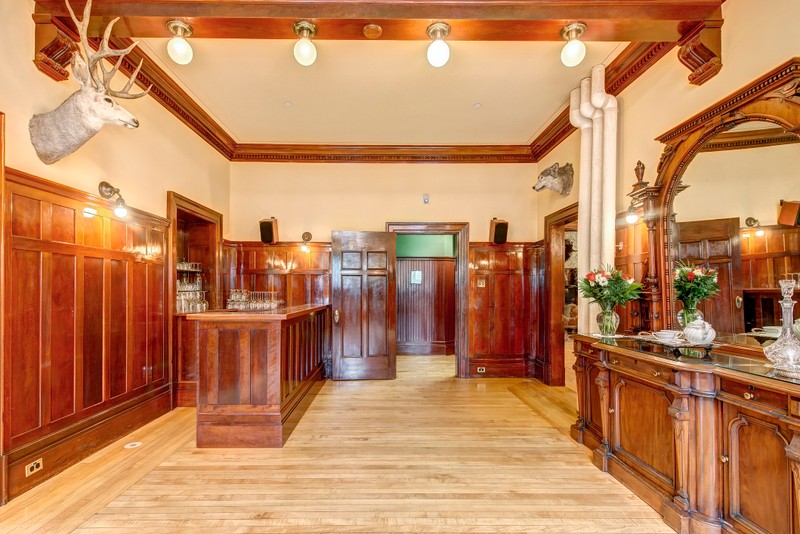
Image 3, Dining Room fireplace with taxidermy moose
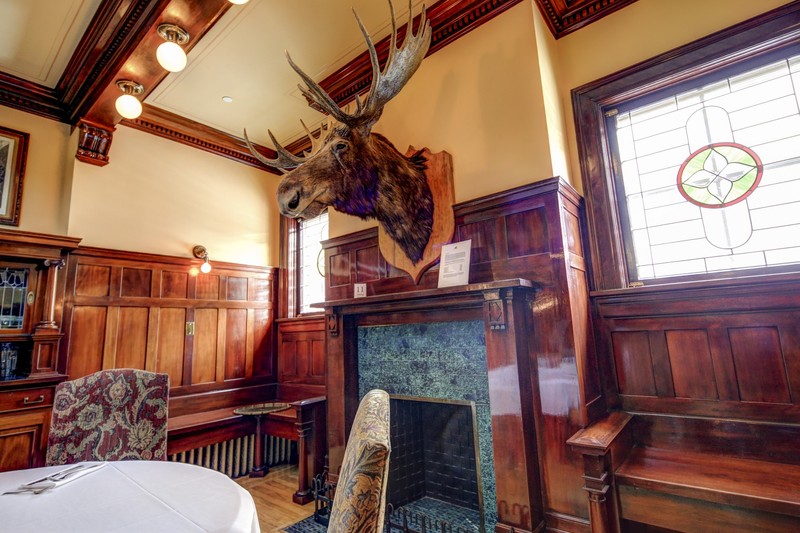
Image 4, Dining Room c. 1920's
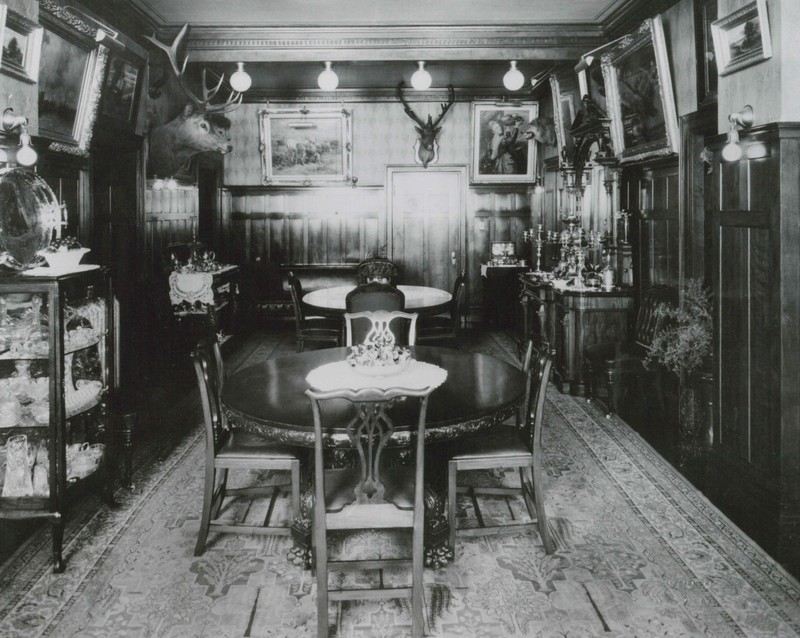
Image 5, Dining Room during the Red Cross Occupation, 1950's
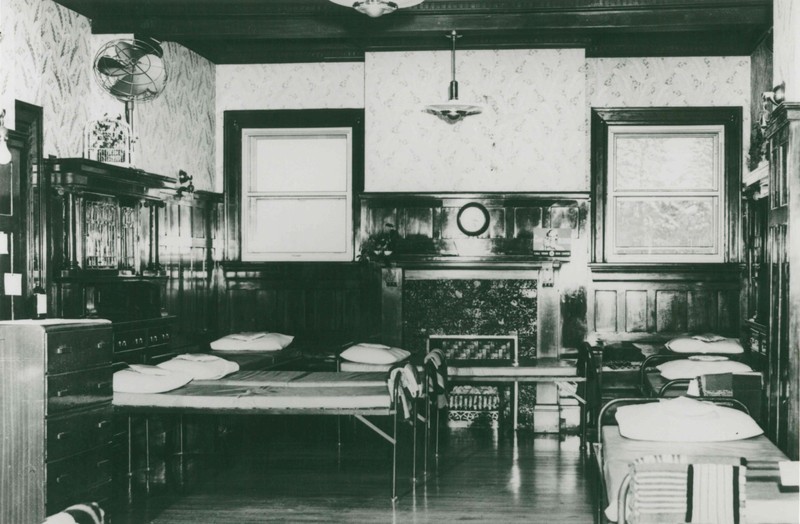
Image 6, View of dome with original stained glass
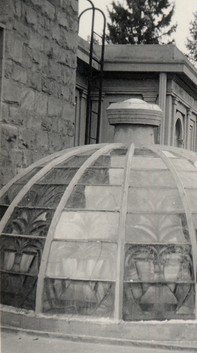
Image 7, Lougheed China
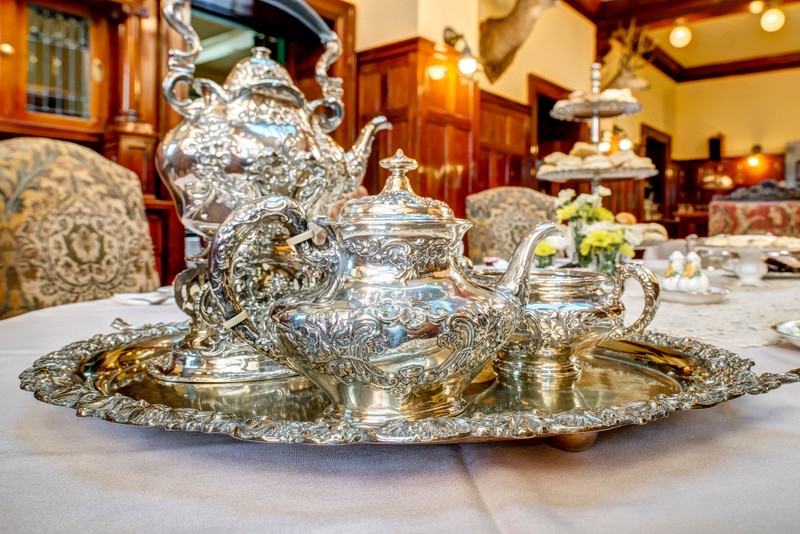
Image 8, Conservatory, 2020
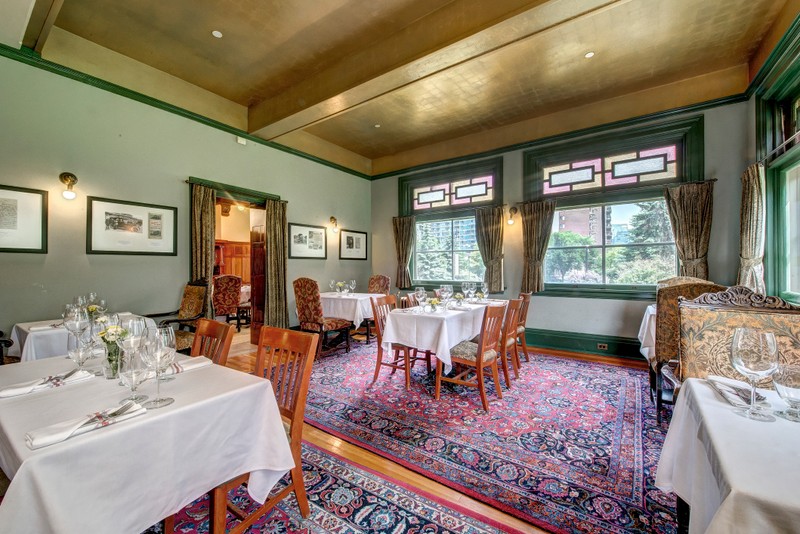
Image 9, Conservatory during Red Cross era, 1950's
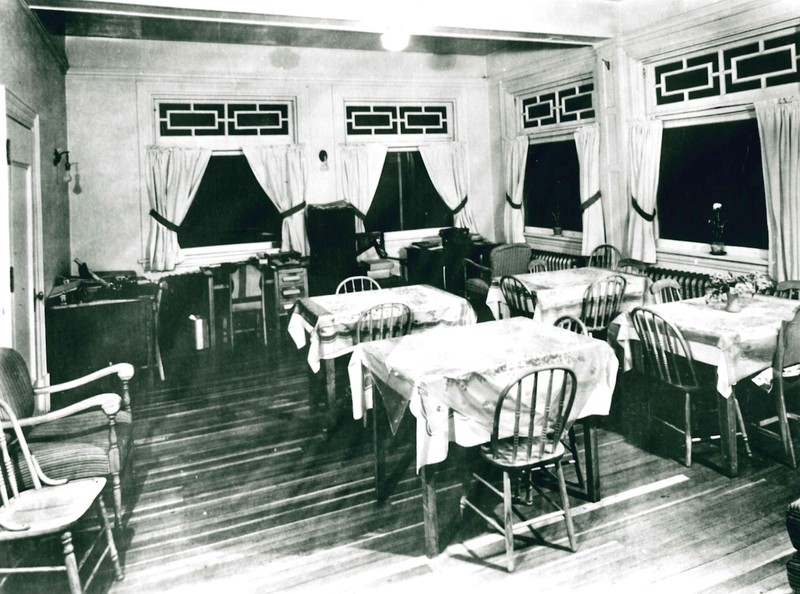
Backstory and Context
Author-Uploaded Audio
Listen to a narration of this entry's description by Lougheed House National & Provincial Historic Site .
Text-to-speech Audio
This is the Conservatory (Images 8 & 9).
It’s the room where the Lougheeds would have eaten most of their meals – leaving the Dining Room for more formal occasions.
Like the Mission Room and the Dining Room, it was also part of the 1907 renovation.
At different times, the Conservatory has also been referred to as the morning room and the rosery.
That’s because its large southern exposure makes it a particularly bright place in the morning, as well as offering an ideal location for growing potted plants – especially roses.
Overhead, you’ll notice a ceiling decorated in gold leaf, while at your feet you’ll see a floor made of fir. Because fir is a softwood, it’s important to cover the delicate surface with carpets.
Today, the Conservatory is in daily use as a restaurant.
Sources
.
Chris Stutz, Chris Stutz Custom Photos
Chris Stutz, Chris Stutz Custom Photos
LHCS Collection
Glenbow Archives NA-3232-10
Glenbow Archives NA-2864-4384f
LHCS Collection
Chris Stutz, Chris Stutz Custom Photos
Chris Stutz, Chris Stutz Custom Photos
Glenbow Archives PA-1680-3
